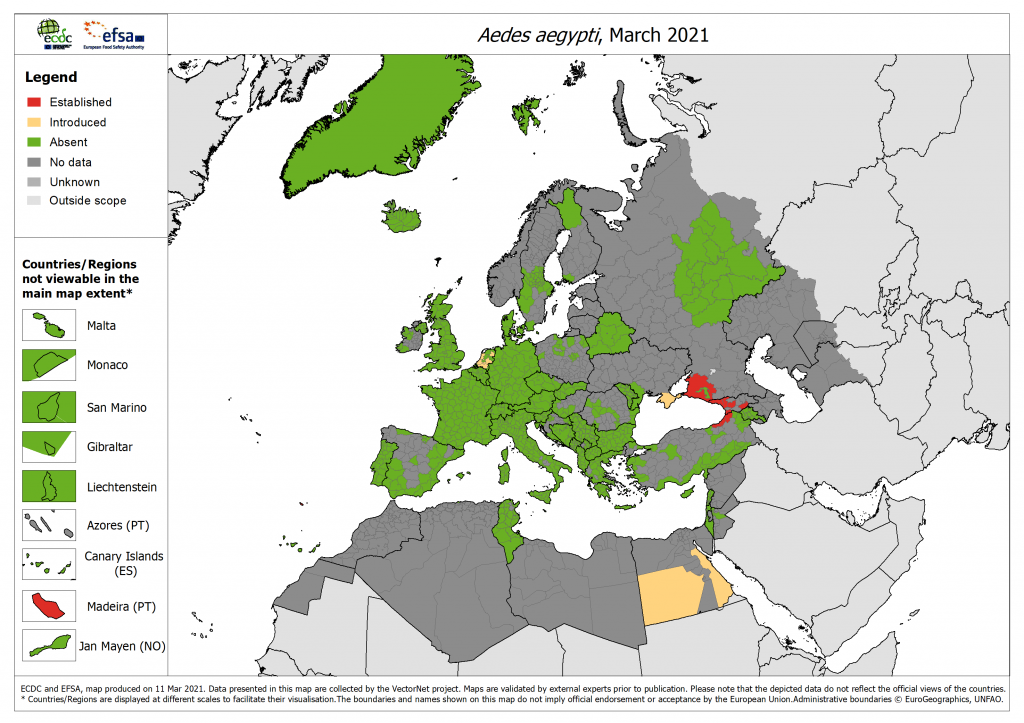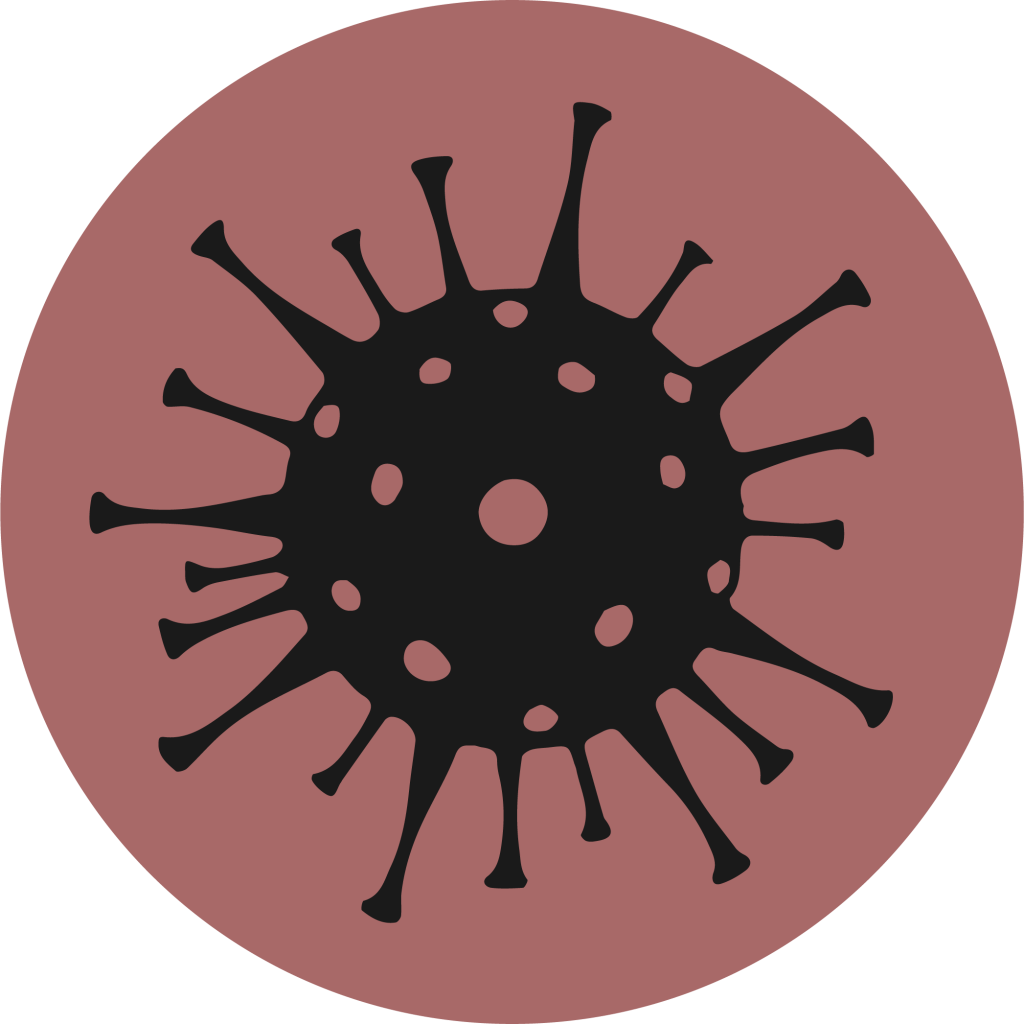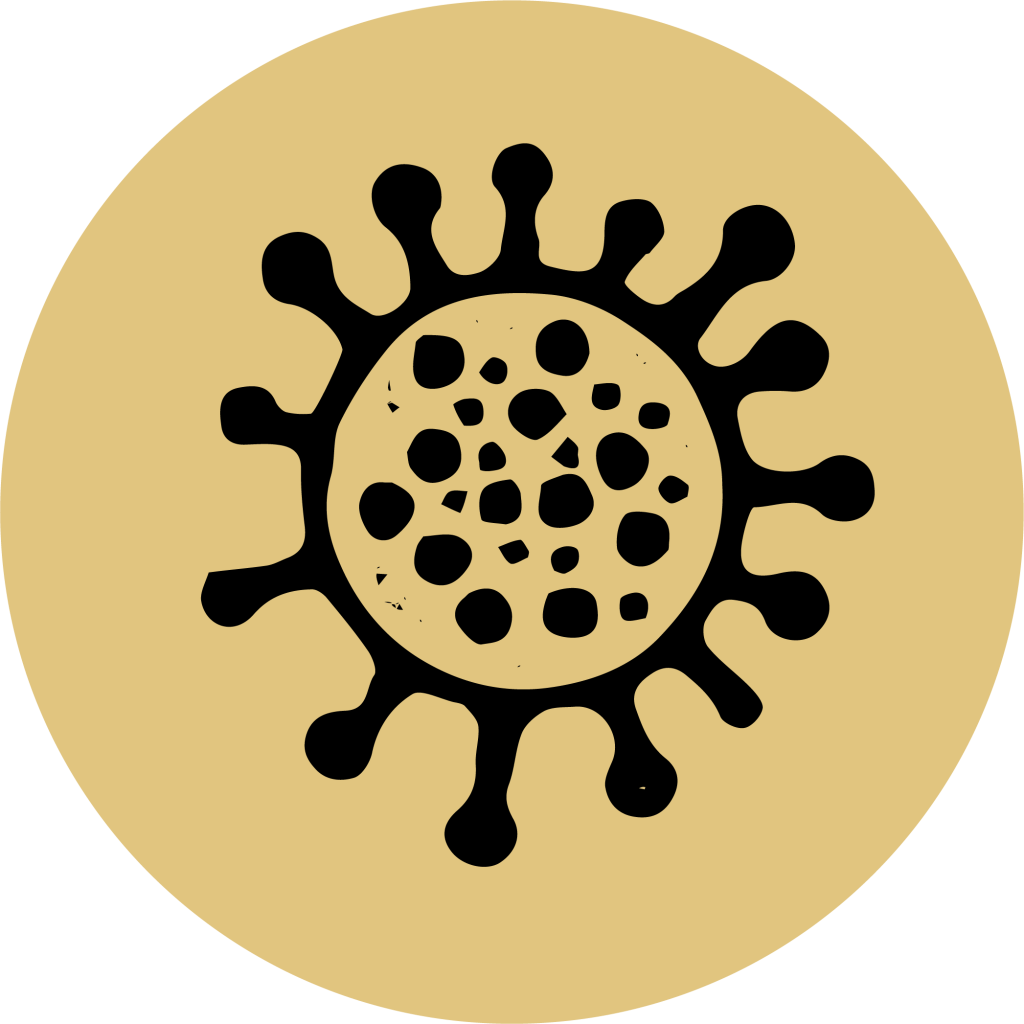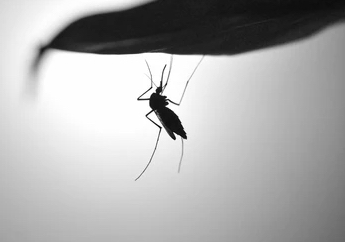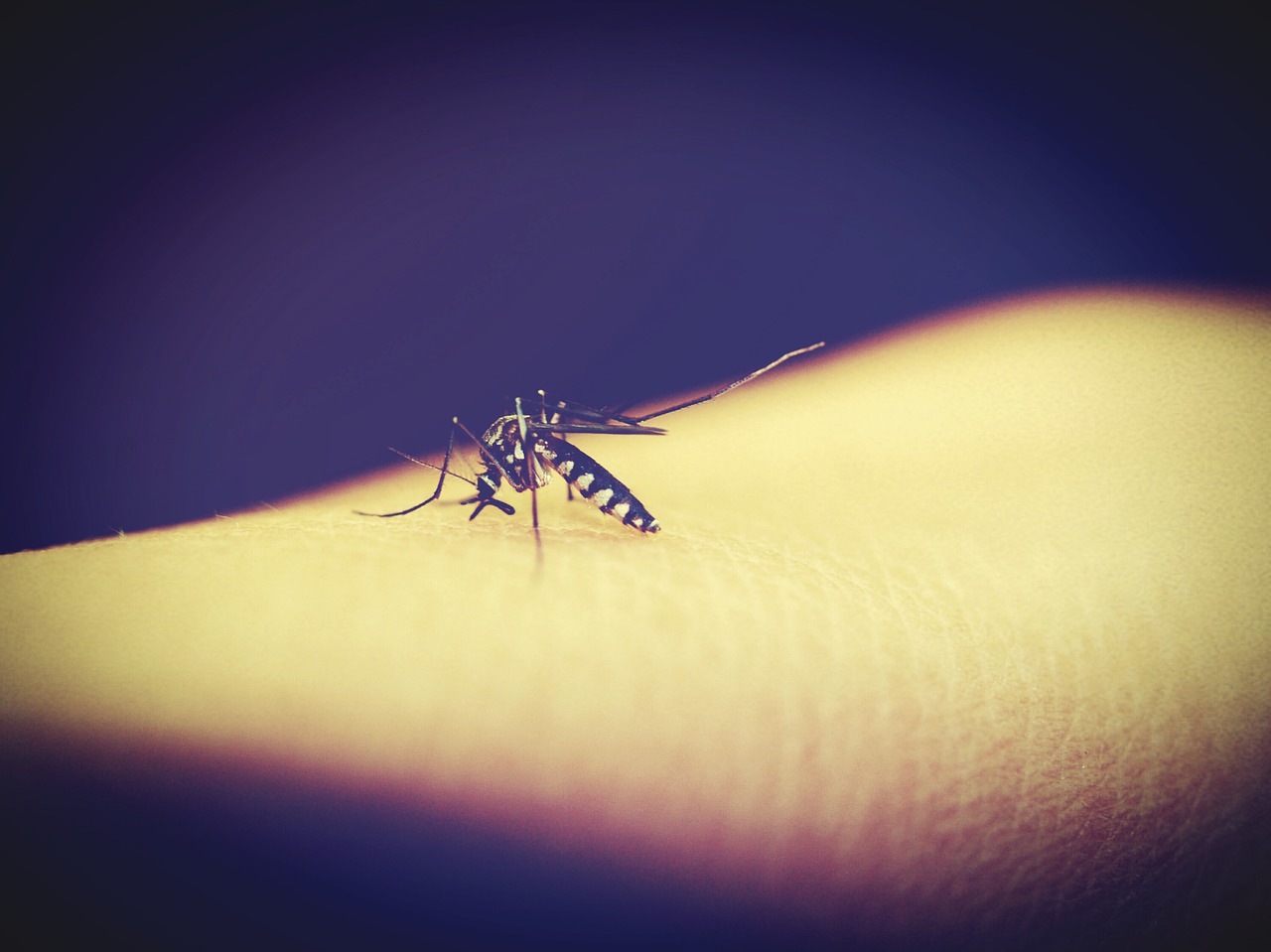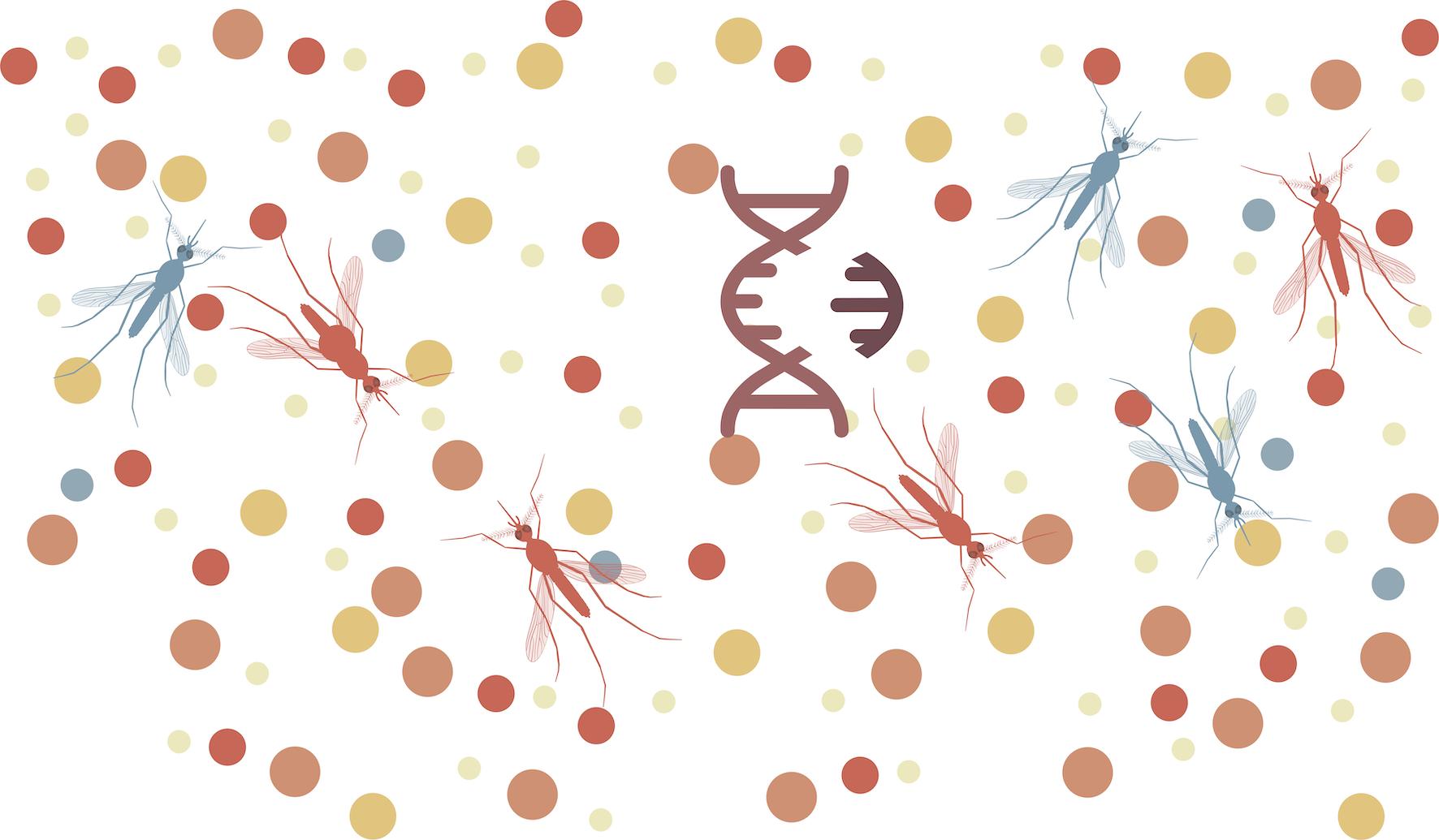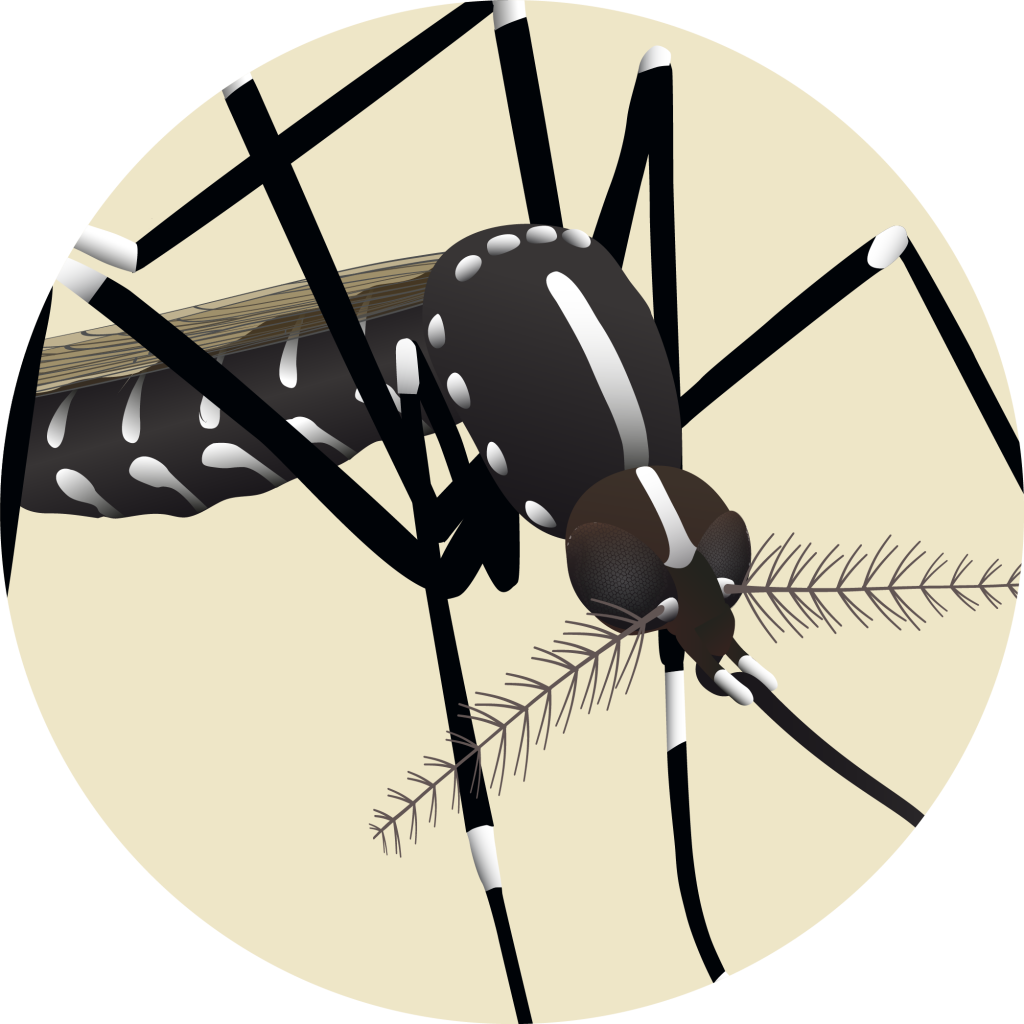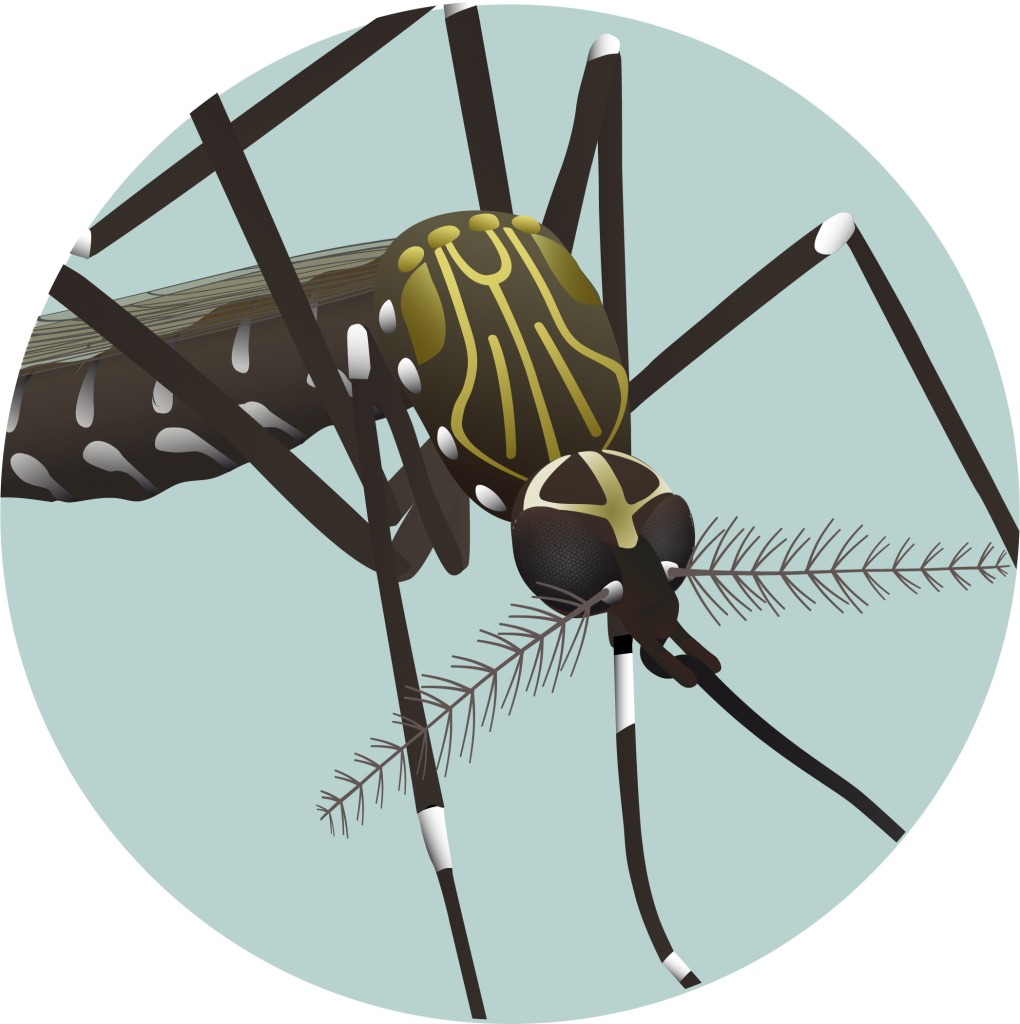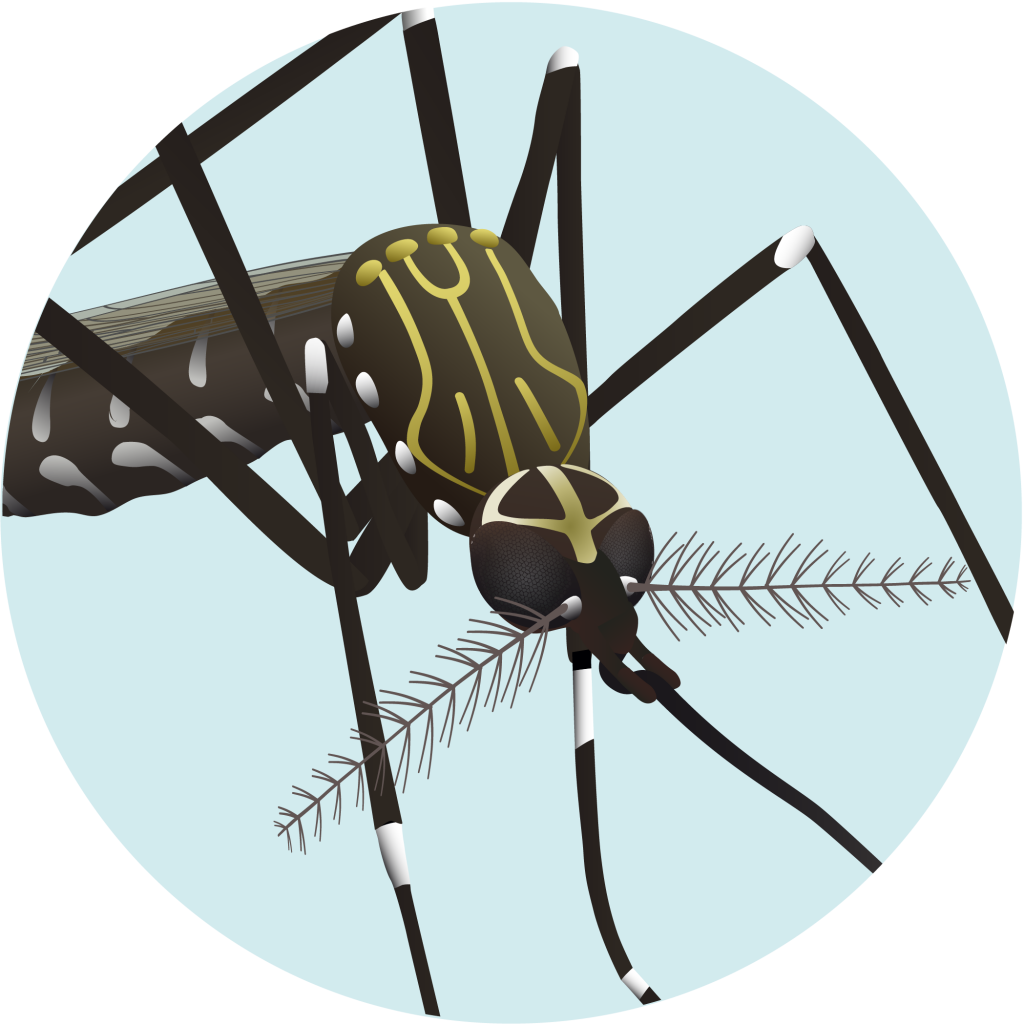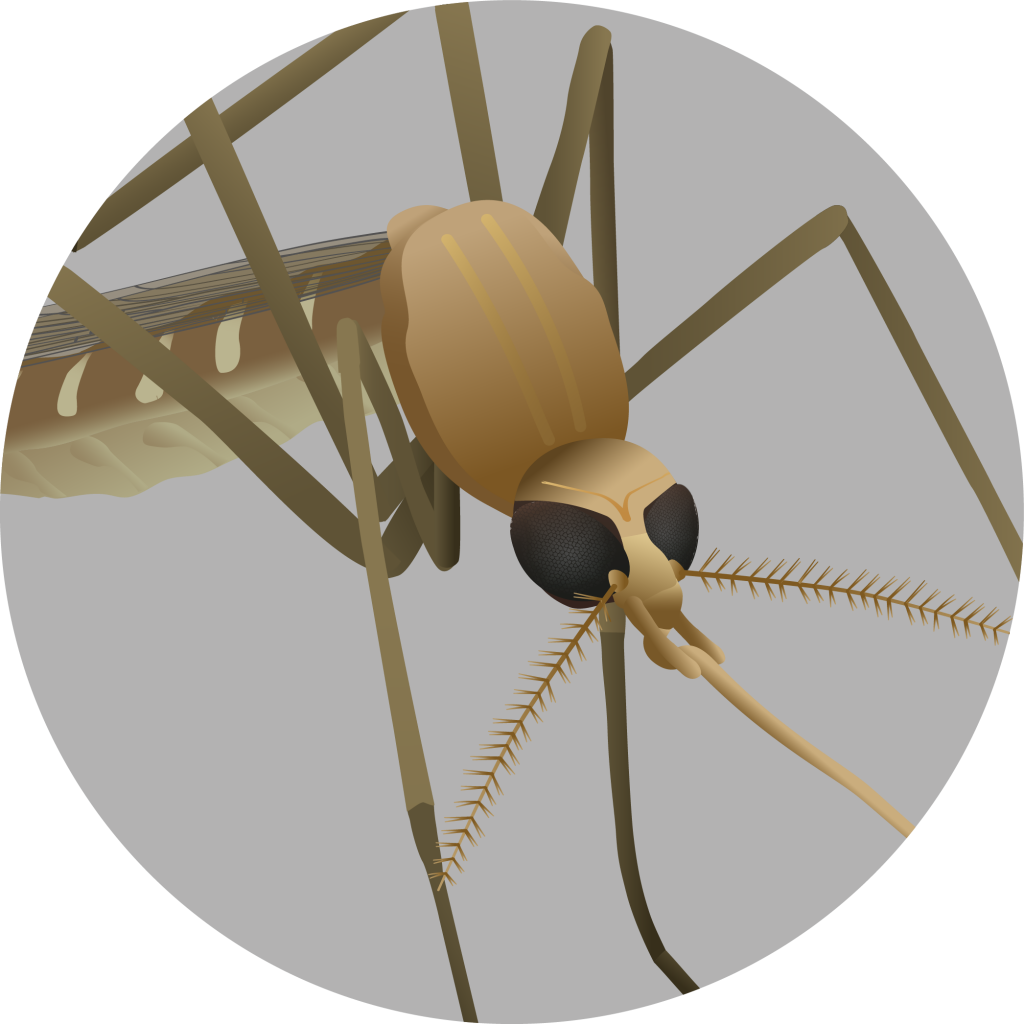Aedes aegypti, Yellow fever mosquito
Species native to Africa that in recent centuries has expanded into large areas on all continents, the slave trade from Africa to the Americas and subsequently by international trade being a notable vehicle. Today the species is distributed throughout the tropical region of Africa, South America, and parts of North America, the Middle East, Southeast Asia, the Pacific Islands, and northern Australia. It was historically established on the Mediterranean coast of Europe, the Middle East, but disappeared in the first half of the 20th century.
This disappearance of the species in the Mediterranean and Europe, where it had caused serious dengue and yellow fever epidemics from the 18th century, remains unclear. Today it is found in the Black Sea area of southern Russia, Georgia and northeast Turkey, from where it probably did not disappear.
The species was accidentally introduced into Madeira (Portugal) in 2004, probably from South America, and has become widely established on the island, causing major dengue outbreaks. In December 2017 the species was detected in Fuerteventura (Canary Islands, Spain), with a probably African origin, but managed to eradicate in time.
What does the yellow fever mosquito look like?
It is a relatively small mosquito, 4-7 mm long. Its color is dark brown with the abdomen with white spots, and some black legs with white stripes (2), characteristics that it shares with some other invasive Aedes, but also with some native species. It can be identified by the four white lines on the chest that draw a harp (1).
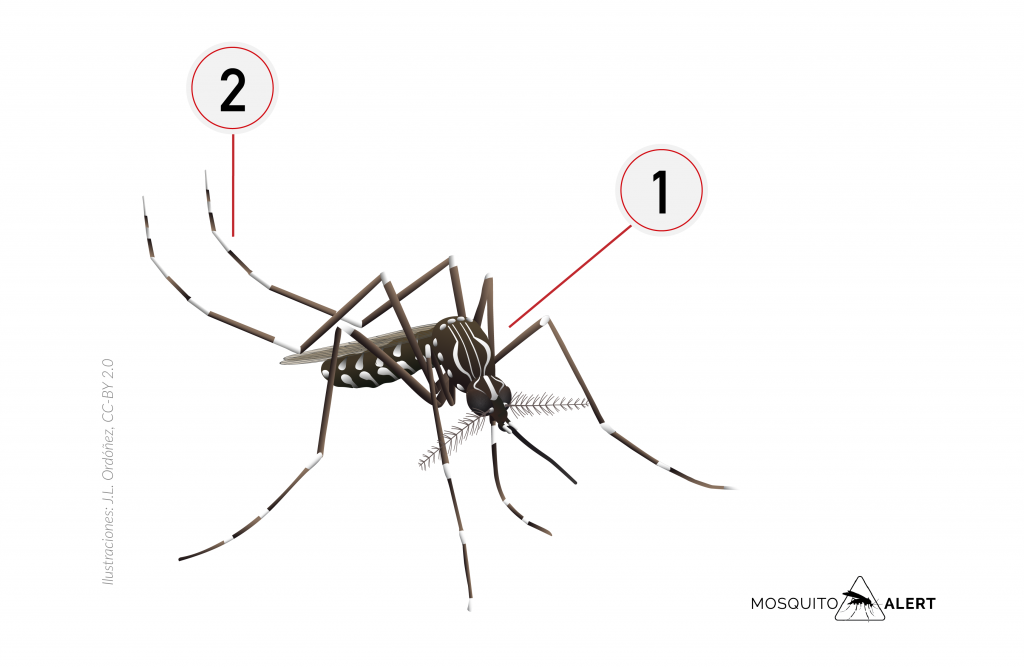
Its activity is mainly diurnal and twilight. It is a much more urban species than the rest that has adapted very well to humanized environments. She goes deep into the houses where she finds refuge and people to feed on.
Like the tiger mosquito, the species originally reproduces in water retained in tree cavities, but in humanized environments it also uses any container with standing water. Barrels for storing water, used tires and vases can be used to deposit eggs, whether they are outside or inside homes.
They lay the eggs dry, on the wall of the container above the water surface or on the surface itself. Although their eggs are resistant to drying, they are not capable of diapausing in winter, as the tiger mosquito and other invasive Aedes do. This difficulty in overcoming winters limits its ability to settle in the coldest regions of Europe, but not in the more Mediterranean regions where it has already been present in the past. They would probably largely coincide with the area south of Alicante, where its cousin, the tiger mosquito, no longer needs to hibernate.
Its dispersal capacity is limited, it is not more than 200 meters from the place where it was born. Their great adaptability to human environments by taking advantage of artificial places to reproduce makes them less dependent on rainfall for their larval breeding.
Yellow fever mosquito biting habits
At the time of reproduction, the females bite to obtain the proteins necessary for the development of the eggs. In an attack, the female can bite the same person, or different people over time, several times, a behavior that contributes to its high risk as a transmitter of diseases.
The bites are concentrated in the mosquito’s hours of activity, during the day and at sunset.
The yellow fever mosquito has an almost total preference for biting humans.
Period of activity
Not having diapause, where it is established the species will have activity throughout the year. Even so, in Madeira the mosquito is more abundant from August to October.
Diseases transmitted by the yellow fever mosquito
The yellow fever mosquito is a species of enormous sanitary importance. It is considered the main and most effective transmitter of dengue, yellow fever, chikungunya, and Zika. It is also believed to be capable of transmitting the West Nile virus.
The global increase in these diseases, especially dengue, in the world in recent years is due, among other factors, to the incessant expansion of the species. It is feared that global warming may favor the species to increase its range. As we have seen, many regions of the Mediterranean already offer adequate climatic conditions for the establishment of the species all year round. That is why its surveillance is important to detect it from the beginning before it is established and to eradicate it, as was achieved in Fuerteventura in 2017.
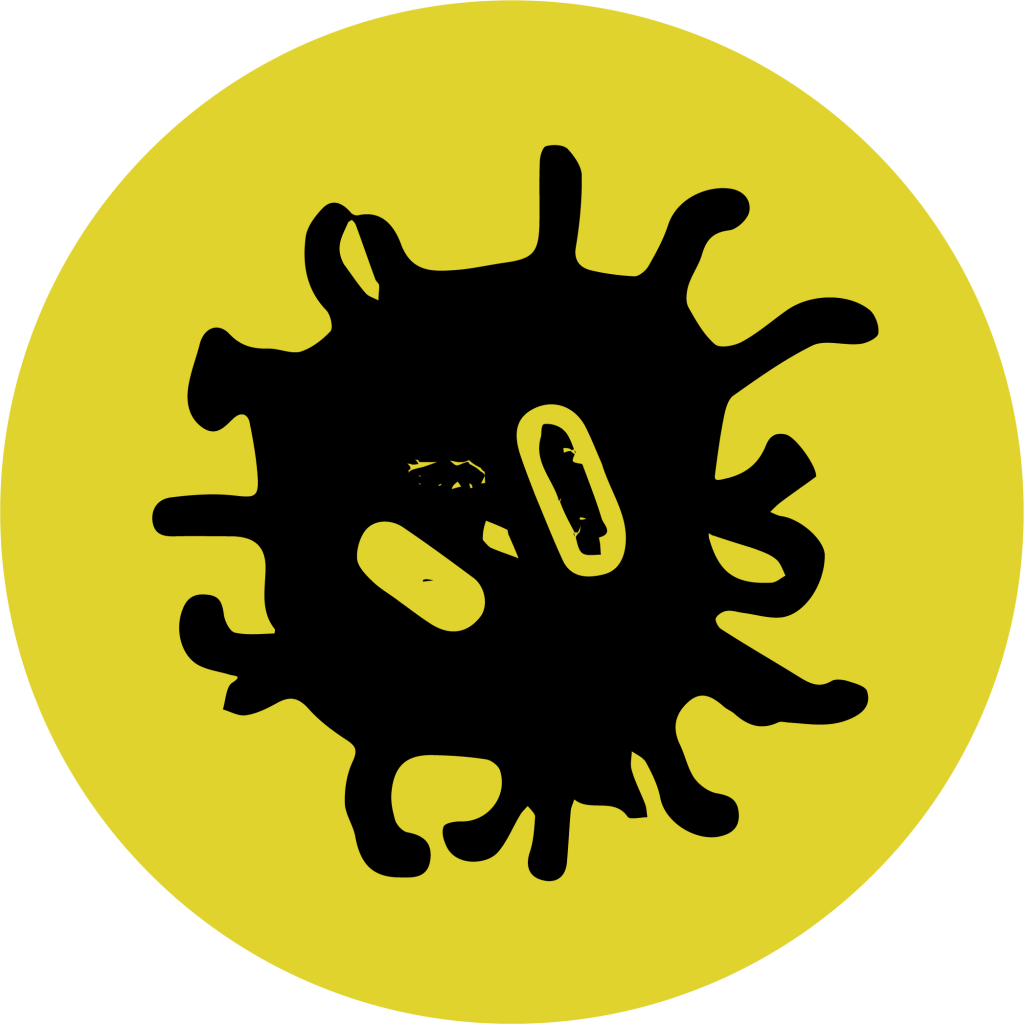
Yellow fever
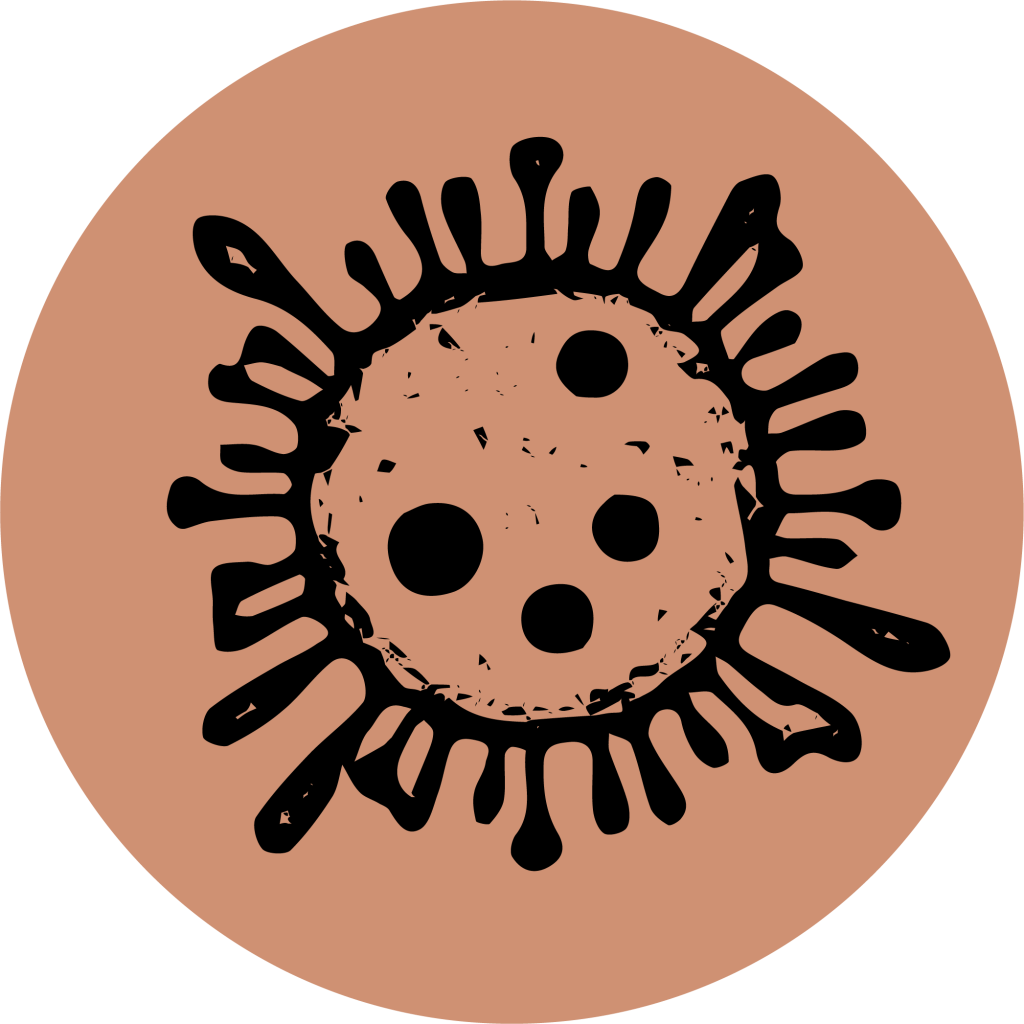
Chikungunya

